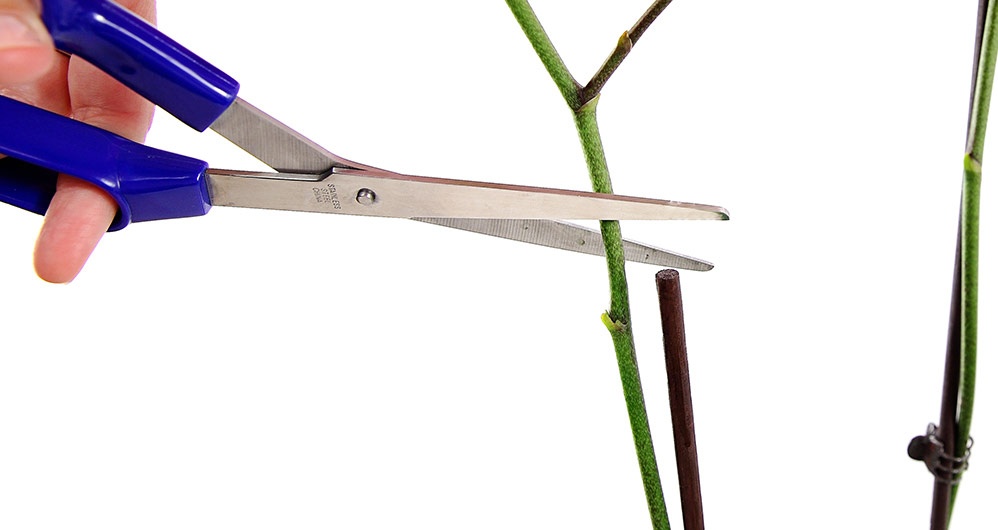
When your orchid enters its resting phase, you’re left with a bare stalk and green leaves. While your resting orchid may not match your decor, it’s good for your plant — it’s storing up the energy to give you another round of beautiful flowers.


After all the flowers have fallen off your orchid, you have several options.
Option 1 Discard
If you don't want to rebloom, discard the original orchid.
Option 2 Rebloom your orchid
You’ll know your orchid is preparing to bloom again when you notice what looks like a

As your new spike grows, you might need to support it with a stake. But be sure to wait until the spike has finished growing before you clip it onto a stake.
Resist the urge to display your new budding blooms elsewhere in your home. Exposing budding blooms to a new sunlight location can cause the floral display to become twisted. After your blossom has fully formed, feel free to move your orchid to a new location.
Copyright Just Add Ice® Orchids 2023